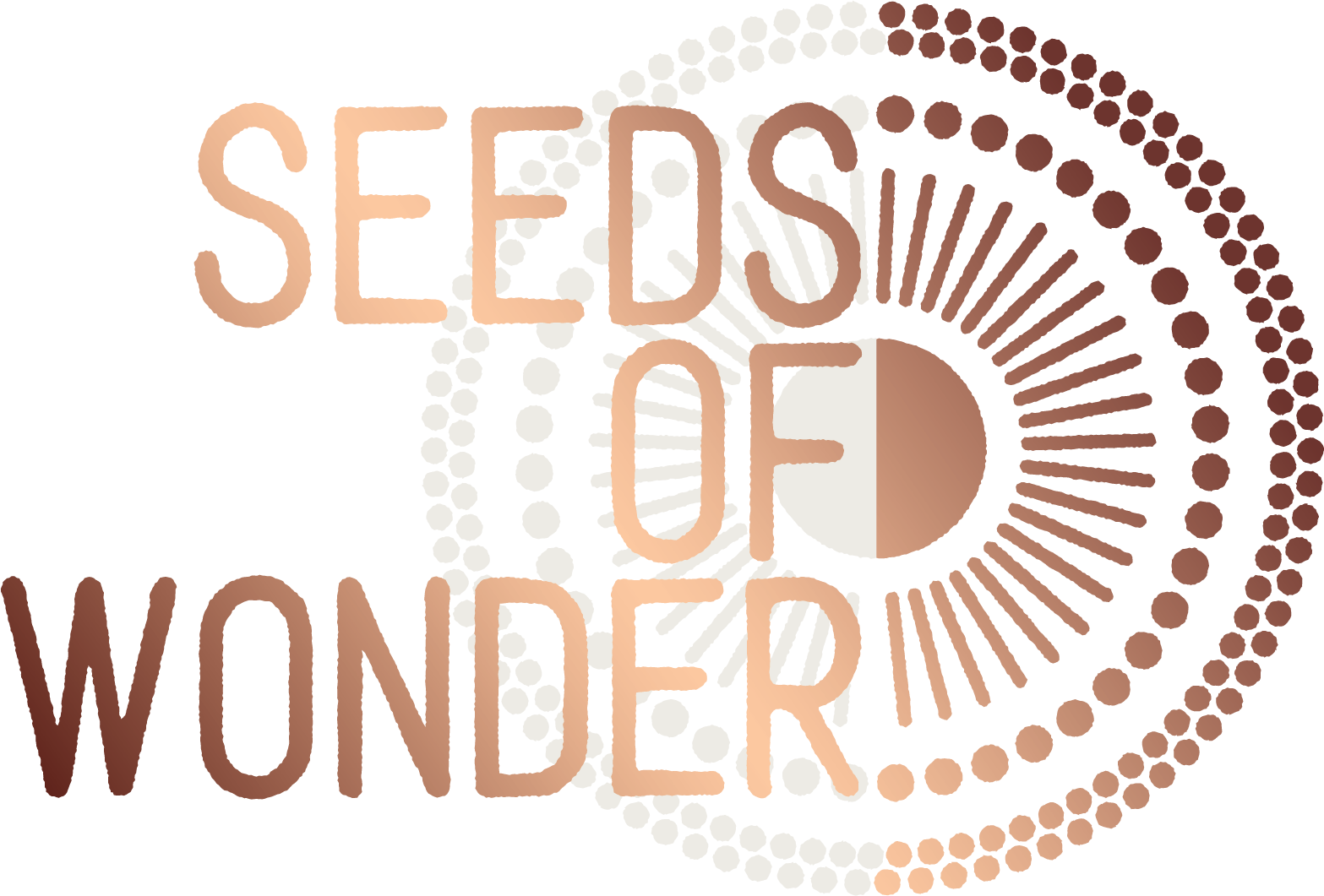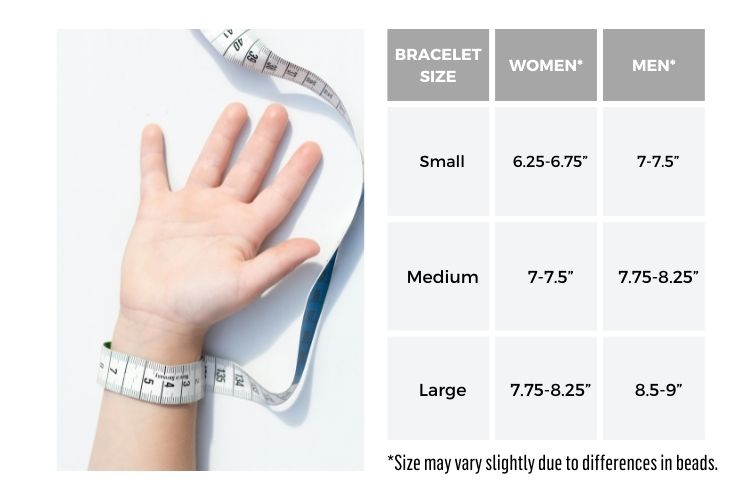Using yoga blocks to transform your practice
Guest blog by yoga teacher, Jade Hunter from Zone by Lydia
It’s true, using yoga blocks can transform and improve your yoga practice!
Inviting blocks into my yoga routine changed my entire practice. When I first started yoga, I had a steadfast determination that made me want to try every full variation of a pose, even if I was sacrificing overall alignment (hello ego!) I would focus on getting my hand to the ground, or folding forward because I thought that was the ‘correct’ way based on how the poses looked. How wrong I was!
Once I started using yoga blocks, I could feel that I was in correct alignment and yoga poses that I’d struggled to connect with began to open up for me. I had created extra space for my body to learn to move. It was a welcome new sensation.

There are many foundational yoga poses that weren’t designed for modern day bodies that spend long days sitting at a desk. It can take many years just for some people to reach their toes! So by adding yoga blocks, we can bring the earth closer and lengthen our limbs, so that the full benefit of yoga can be experienced.
I was lucky enough to have a teacher during my training who insisted that everyone in the room, even very advanced students all used yoga blocks for certain poses. I can still hear her voice saying to a class “I don’t care how long you’ve been practicing, everybody just pick up the block!”
As a teacher now myself, there are key foundational poses that I will only teach with blocks to align my students. I’ve also discovered some other creative ways that yoga blocks can enhance and support your practice.
There are several main aims for using yoga blocks:
Creating length – poses such as Trikonasana (triangle pose), Parshvakonasasa (side-angle pose) and Parsvottanasana (pyramid pose) often need the earth to be brough closer to you, so that the space and length in the side of the body isn’t compromised. By using yoga blocks to lengthen the arms, you can retain the integrity or the posture and energy lines without hunching or slumping. You may start on the highest setting, and gradually work your way down as your body adapts over time. This image shows how you can work towards Parsvottanasana using blocks to support and create space.

Improving balance – balance requires steady concentration and if you’re trying a new pose or just having an off kilter day (it happens!) then adding a yoga block to poses such as Ardha Chandrasana (half-moon pose) and Virabhadrasana 3 (warrior 3) can help to build steadiness and longevity for balance.
Providing support – yoga blocks can be used for support when sitting crossed legged, to raise the hips during forward folds or support underneath for Ardha Kapotasana (half pigeon pose). Blocks can also offer three different variations for supported bridge pose, which is a nice modification, especially towards the end of a class or if you have any niggles in your lower back.
Increasing height – transitions become much easier when using yoga blocks to add height to your arms! From stepping through for a lunge, to learning jump throughs and jump backs, utilising blocks really helps to create more flow and grace as you move. Another way to use the height of blocks is for handstand press up preparation. Placing your block on the lowest (and most stable) setting, stand your supporting foot on the block, with both hands on the mat in front and use the extra height to work on the muscle memory of picking up your other foot. Here you can see how yoga blocks bring the earth closer for Ardha Uttanasana (halfway lift) and help create length through the spine, for correct alignment.

Adding intensity – have you ever tried Navasana (boat pose) with a block in between your thighs? Or pressed a block in between your palms during Utkatasana (chair pose)? Using blocks to engage and activate muscles can take your practice to a new level and make sure that you are getting the most from each pose.
Guidance – it can be useful to use the blocks as a guide for hand and foot placement. A good example is in between the hands for Catur Svanasana (dolphin pose) or Pincha Mayurasana (forearm stand) as you learn how to distribute your weight and keep the forearms grounded in place. You can also use blocks on an angle underneath the heels in Adho Mukha Shvanasana (downward facing dog) to help elevate the hips and ease stress to the hamstrings.
Cultivating relaxation – two of my favourite ways to use blocks for relaxation are as a neck fascia release and Savasana support. For the neck and head release, lie on your back with the block (on its lowest setting) underneath your head with the long edge lightly pressing into the place where your skull and neck meet at the back of the neck. Relax your head and slowly roll your head from side to side, so that the edge of the block helps to massage this juicy trigger point. If you find a sweet spot that feels particularly tight, hold for a few breaths and wait for it to release. In Savasana blocks can be placed one under each thigh, to encourage a slight outer rotation of the femur and let the lower limbs completely decompress and rest. This image shows blocks used to support a restorative backbend, providing support as you completely surrender and melt into the pose.

Finding the right yoga block is really important, especially as they’ll be supporting your weight during practice. ZONE cork yoga blocks have a unique hexagonal design to make them easy to grip and steady. They are made from 100% sustainable cork, so they are not harmful to the planet and the cork makes them naturally non slip, firm and easy to clean.
Click here to shop our sustainable Cork Yoga Blocks and discover new spaces within your practice.








This is such a helpful post! Loved how clearly you explained the benefits of yoga blocks, definitely adding these tips to my practice. Thank you!